Jeju Island is changing. This can be seen in almost every corner of the island as mainlanders and rich Chinese investors continue to develop new businesses, tourism complexes, and residential areas throughout Jeju City and Seogwipo. There has been a great deal of debate amongst native Jejuites over how much the island — famed for its natural beauty — should be allowed to develop. However, there is one area that is experiencing little resistance to the change, and is instead benefiting greatly from the increased investment; that area is Tapdong.
Tapdong is the market and port district of Jeju’s northern metropolis, Jeju City. Tapdong was once considered a very popular area on the island, as it was one of the best places for shopping, entertainment, and outdoor recreational activities, which took place on the boardwalk near Jeju’s port. As the years passed, many businesses relocated, migrating south to City Hall, an area famed for its nightlife and local restaurants; and by taking a journey to the west to advance on the newly developed areas in the western half of the city.
By the early 2000’s, most of the centrally located businesses, which gave Tapdong its own unique culture, had failed. Without the likes of the Tapdong Cinema, as well as other businesses that drew out the large, young crowd, the locale began to lose its luster, and was eventually avoided by locals and tourists alike.
“This all started to change thanks to the arrival of the Arario Museum…”
However, this has all started to change thanks to the arrival of the Arario Museum, along with its associated locations, in October of 2014. These museums house many of the famous art collections owned by the self-made multimillionaire, Kim Chang Il. Mr. Kim is known as being one of the top 200 art collectors in the world, and many of his well-known anthologies are on display at these museums.
Many of the older, more well-known buildings in this area had sat empty for years. Mr. Kim has since bought these buildings and refurbished them, making sure to stay true to the look of the port and market district. Both the interiors and exteriors of these buildings have been left largely unchanged. The concrete circular windows and the exposed brick walls that line the hallways of these establishments add to the minimalistic style, and do not distract the viewers from the contemporary art installations housed within their walls. The same can not be said of the outsides of these buildings, however, which have been painted in a bold, bright shade of red, as to attract the eye from the surrounding buildings.
There are three museums in total that sprinkle the district. By far, the largest of these is the former Tapdong Cinema. Some of the more notable installations here are the surreal and eerie works done by Chinese artist, Zhang Huan, and a giant boat built by Indian artist, Subodh Gupta.
The new Arario Museum: Tapdong Cinema
The Dongmun Motel, which was originally built in 1975, hosts a variety of leading experimental and contemporary artists, including Antony Gormley and the Chapman brothers. Interestingly, the rooms of the old motel, which once housed many visitors, now house different art exhibits instead.
Contemporary Artwork on display from inside the Dongmun Hotel
Finally, there is the Tapdong Bike Shop, which exhibits works from avant-garde Korean artist, Kim Ku-lim.
The Bike Shop
The development of the Arario museums has sparked an interest in businesses that cater to a more artsy crowd. Instead of trying to rebrand the entire seaside locale as a posh and glamorous, up-and-coming neighborhood, other well-respected business are setting up shop, and embracing Tapdong’s more alternative and industrial character.
Perhaps the most successful of these is the Seoul-based Magpie Brewing Company. The Magpie Brewers, who have established themselves as some of the best beer-makers in Seoul’s hippest and artistic districts like Hongdae and Itaewon, have now brought their own unique style and superb craft brews to Jeju. Like the Arario, they are embracing Tapdong’s more alternative and artsy scene, and have done so with great success.
The popular Magpie Brewing Co. is located between the new Tapdong Cinema Museum and the waterfront to the east of the Ocean Suits Hotel
Aside from contemporary art and craft beer, one can also find independent French bakeries, gourmet coffee shops, and even a giant Costco like grocery store named MARTRO. These developments have helped to reinvigorate other areas in the district that resisted Tapdong’s decline.
The Dongmun Market is a maze of interconnecting covered streets and is the largest open air market on Jeju. One can find fruit, vegetables, and some of the freshest seafood in all of Korea here. There are also small flea market shops scattered throughout this gigantic marketplace selling everything from fast food to handmade furniture.
There is never a shortage of fresh fruit on display at the Dongmun Market
The boardwalk is a wide boulevard that runs along the waterfront of Tapdong and it is flanked by Jeju’s main port on the east and large hotels like the Ramada and Ocean Suites Jeju on the west. One can find people of all ages riding bikes, playing three on three basketball, and skateboarding in-between these two areas. The Jeju Seaside Concert Hall will often be showing plays or live music here as well and there is even a small amusement park complete with bumper cars and a swinging ship in this area!
Bands playing at Tapdong Seaside Arts Center
Other attractions that have survived Tapdong’s harder years like the nearby Sashimi Street which is built right next to the port and the tax free Jungang Underground Mall both add their own interesting elements to Tapdong.
Sashimi Street
Despite its weary history, the future looks bright for Tapdong as local businesses are thriving, more visitors are arriving every day, and property values have begun to rise once again and a vibrant arts scene is beginning to bloom.
—
-Edited by Rafi Feliciano
-Featured images courtesy of Chantal Cho, InvestDaily, & So Young Chung, Arario Museum, Dongmun Market, & Boardwalk Arts Center
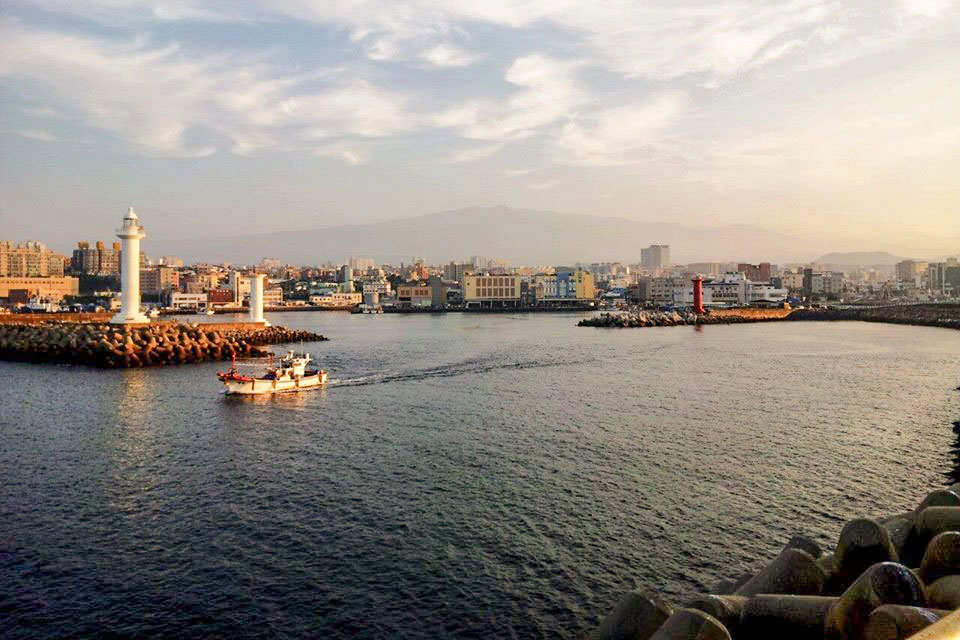
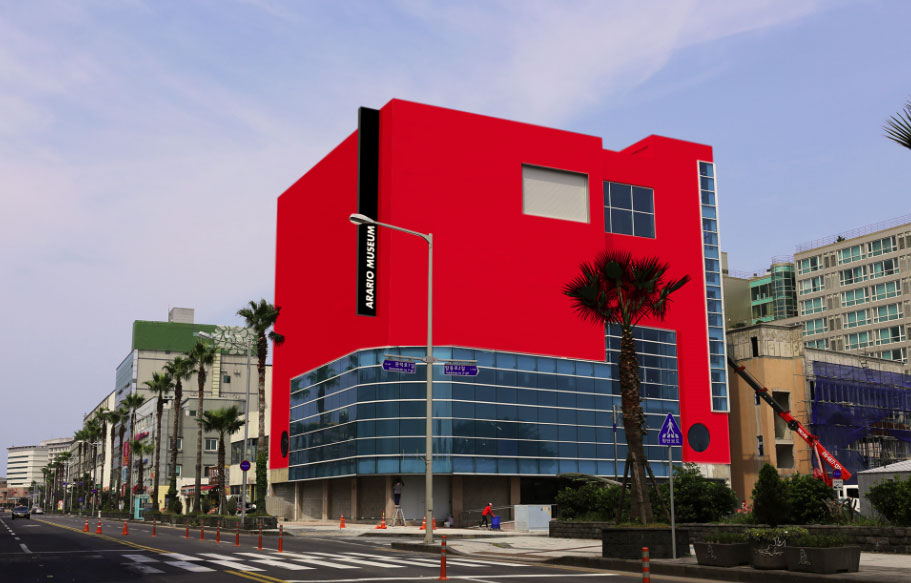
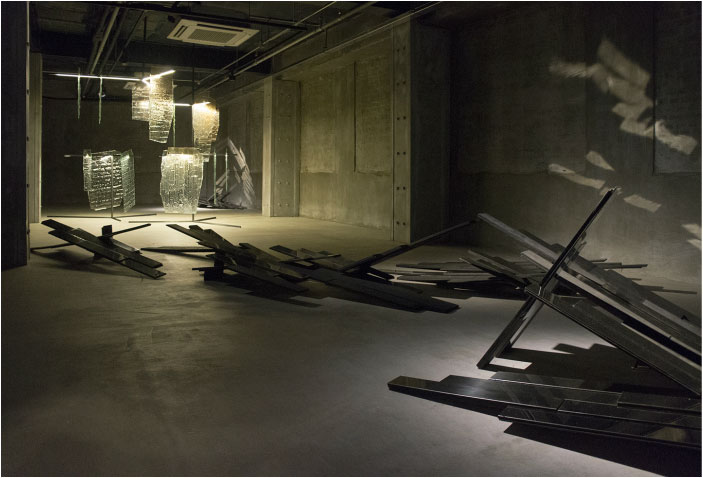
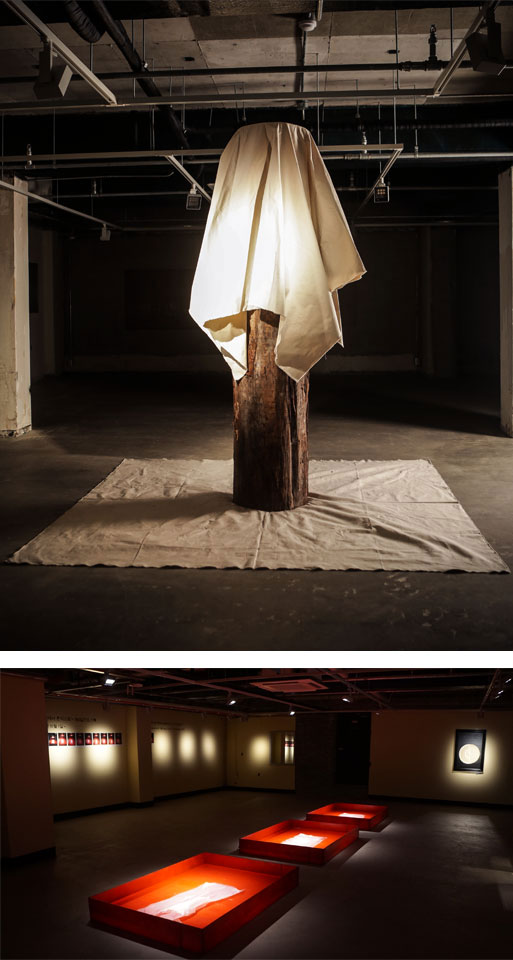
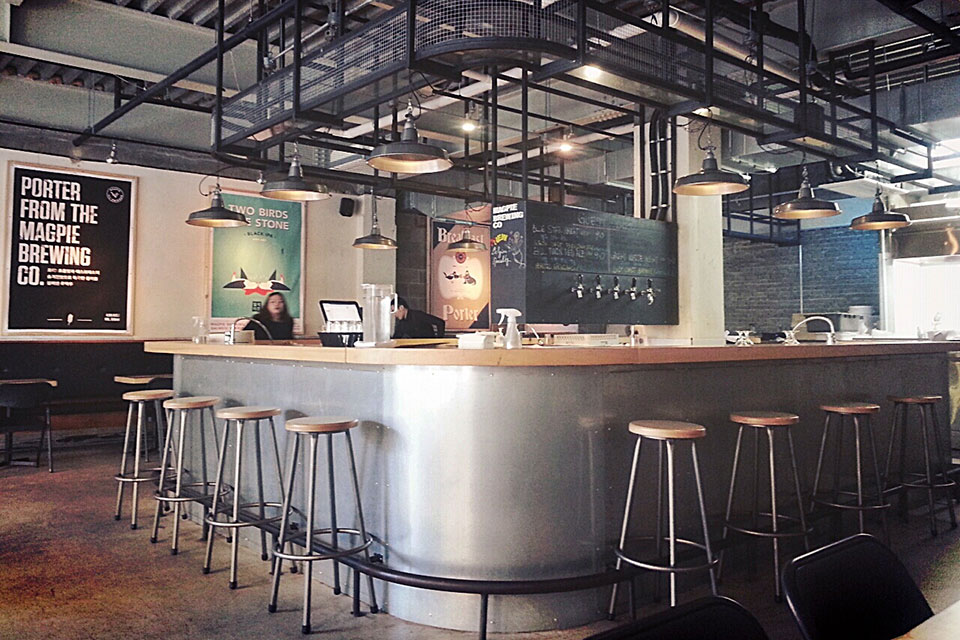
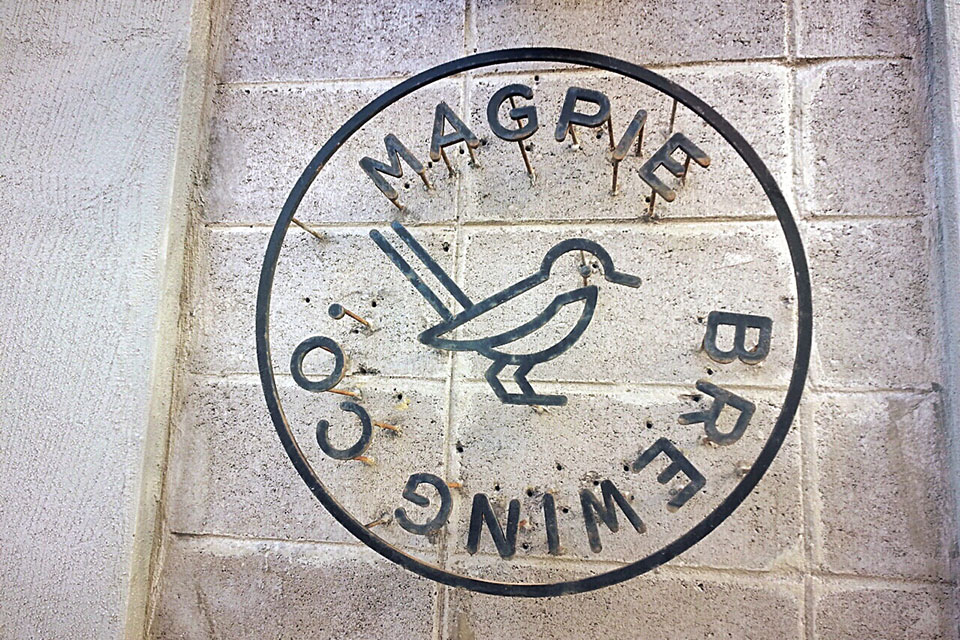
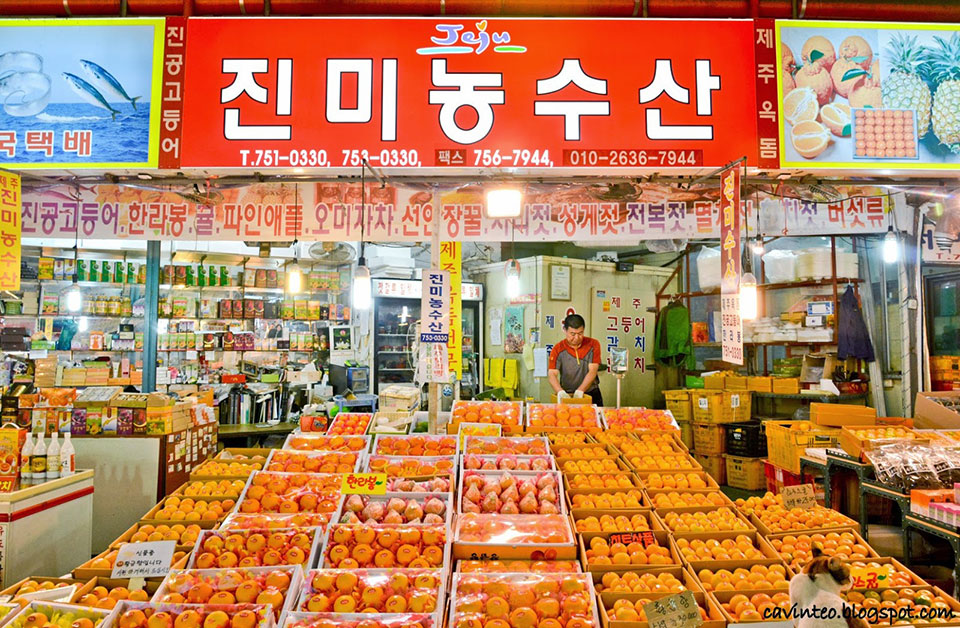
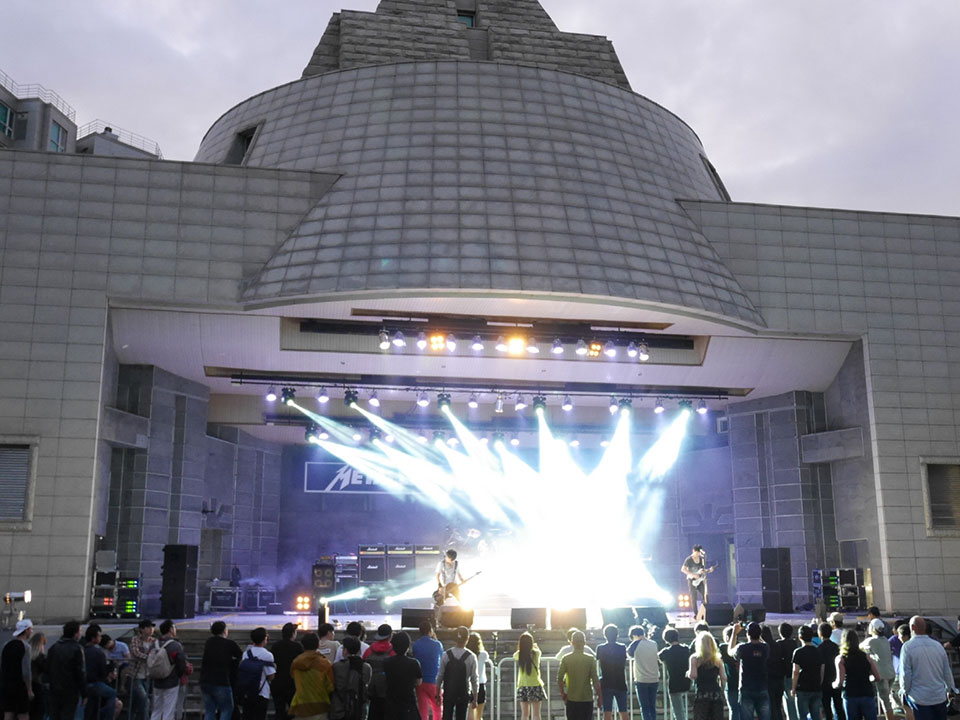
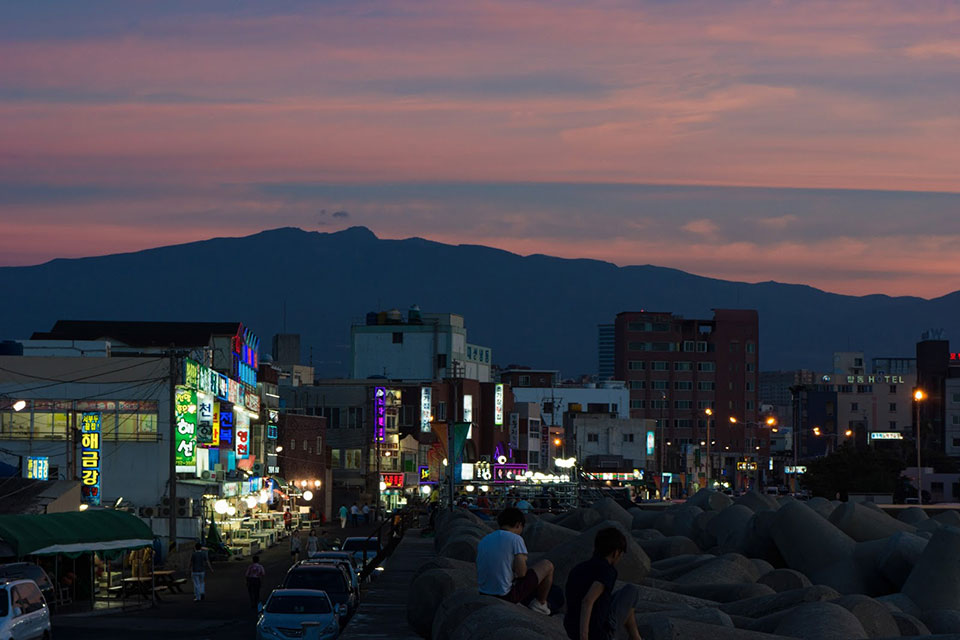
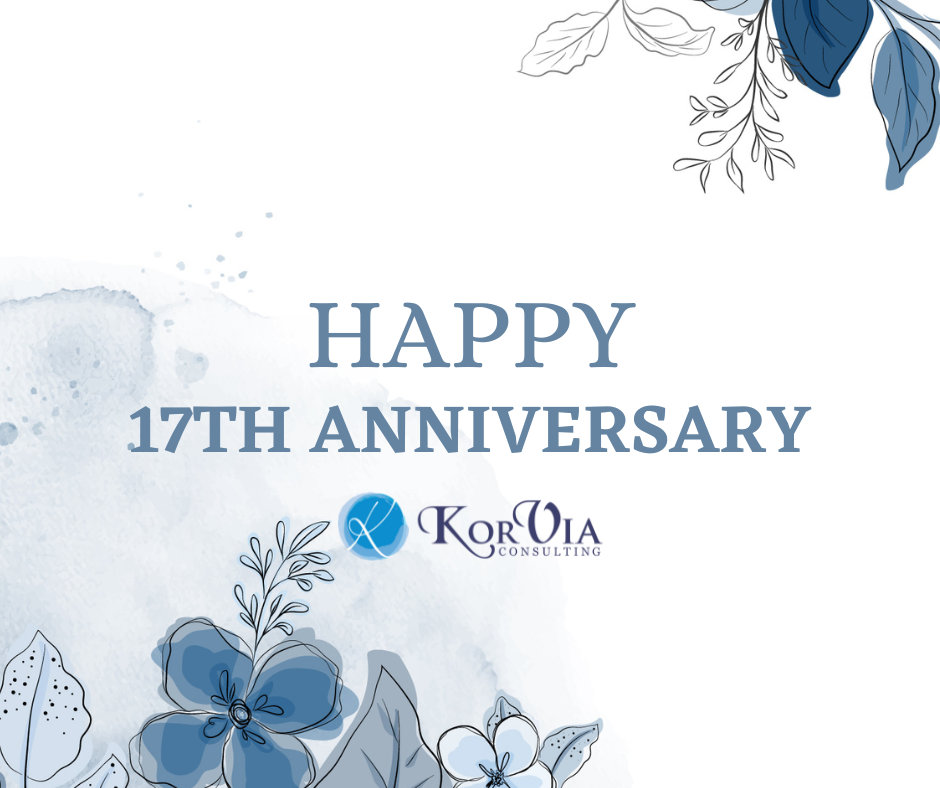


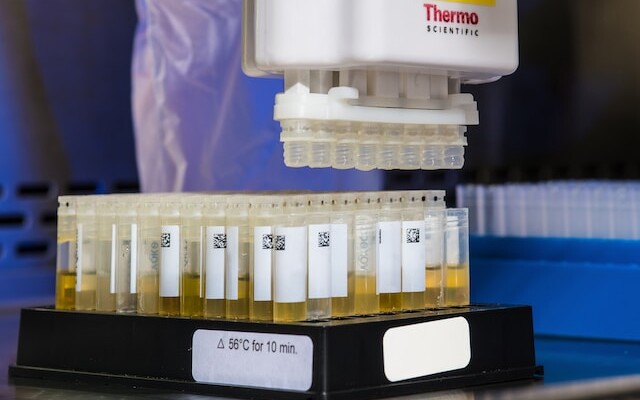
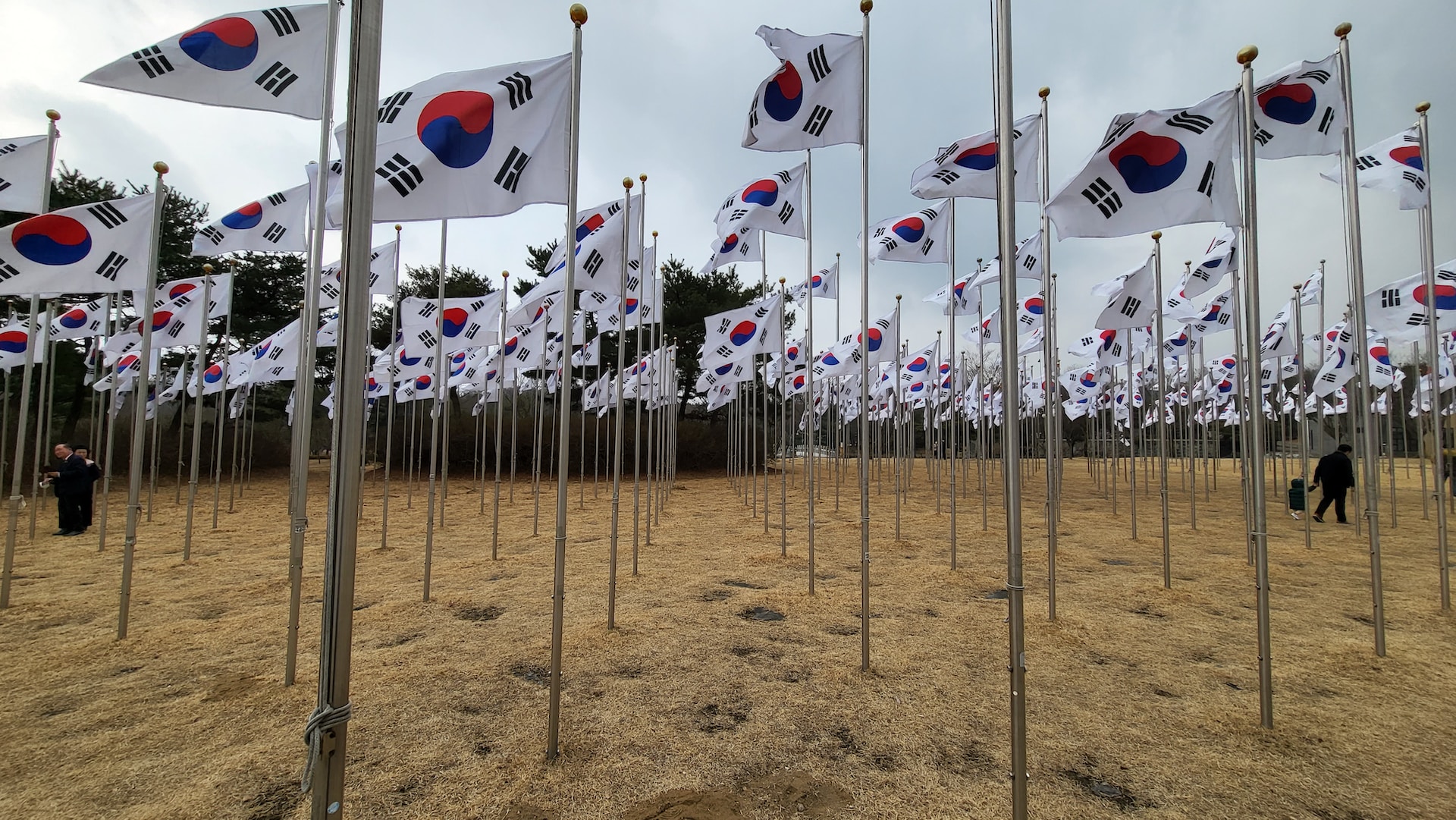
When we visited Jeju City in the spring, we were very impressed with the Tapdong area. You can walk along the ocean boardwalk, choose the freshest fish to cook at home or have the seaside restaurants cook it for you, drink awesome beer after an afternoon of museum going, and so much more. It is clearly an up-and-coming area full of potential for anyone interested in good food and drink, beautiful surroundings and contemporary art. Most definitely worth a visit.